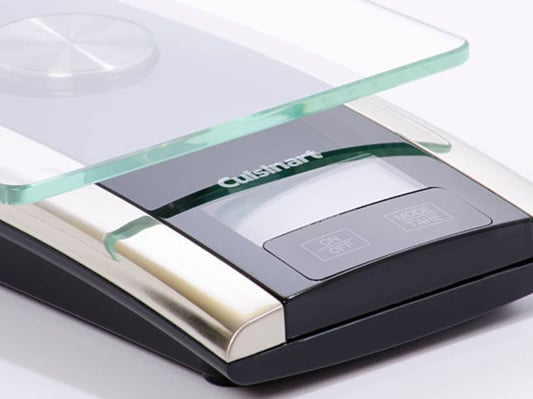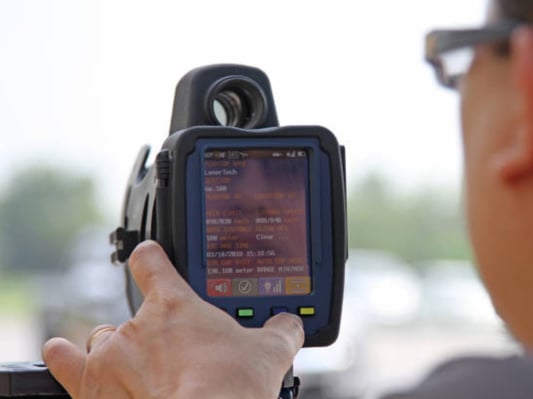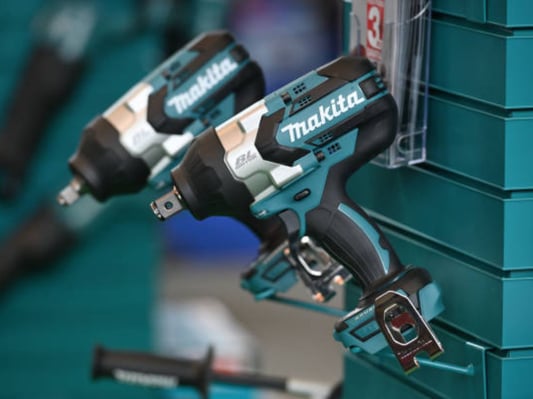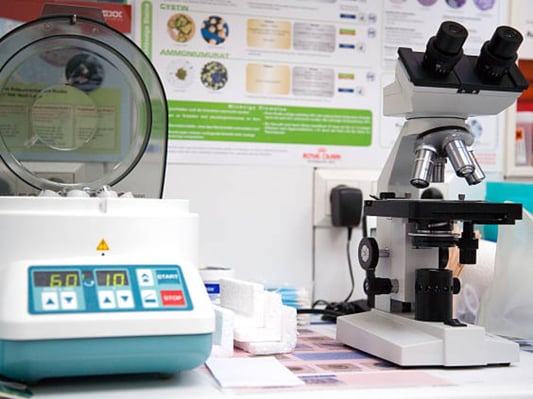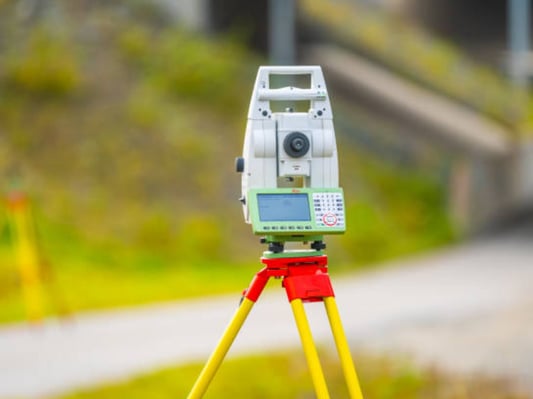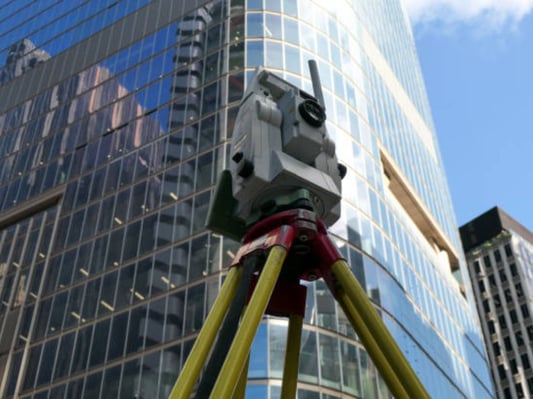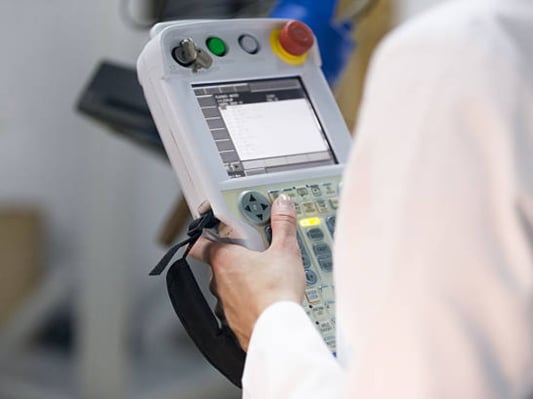IntroductionLaser vibrometry is a non-contact method of measuring vibration that has gained widespread use in engineering and scientific research. A laser vibrometer is a highly sensitive instrument that uses laser light to detect surface vibrations of an object. In this article, we will explore what a laser vibrometer does, how it works, and its applications.How a Laser Vibrometer WorksA laser vibrometer consists of a laser source, a detector, and a processor. The laser beam is directed towards the object of interest, and the detector measures any reflected light that returns from the surface. The reflected light is then processed to determine the frequency and amplitude of the vibrations.Measuring Vibration AmplitudeThe amplitude of a vibration is the distance the object moves from its equilibrium position. Laser vibrometers can measure vibrations with an amplitude as small as a fraction of a nanometer. This level of sensitivity makes laser vibrometry an ideal tool for studying tiny vibrations, such as the vibrations of microscopic structures.Measuring Vibration FrequencyThe frequency of a vibration is the number of cycles per second. Laser vibrometers can measure vibrations with a frequency range of a few hertz to several megahertz. This range makes laser vibrometry suitable for measuring the vibration of a wide variety of objects, from large structures to tiny particles.Applications of Laser VibrometryLaser vibrometers have a wide range of applications in engineering and scientific research. They can be used for vibration and modal analysis, as well as for structural health monitoring. Laser vibrometry is also used in the study of acoustics and in the development of new materials.Structural Health MonitoringStructural health monitoring involves the measurement of vibrations in structures to detect changes that may be indicative of damage or degradation. Laser vibrometers are a valuable tool for structural health monitoring, as they can detect changes in vibration that may not be easily seen or felt.Acoustic ApplicationsLaser vibrometry is also used in the study of acoustics. It can be used to measure the vibration of a specific object or component in an acoustic system. This information can be used to optimize the performance of the system or to identify areas of concern for further investigation.Material DevelopmentLaser vibrometry is also used in the development of new materials. It can be used to study the vibration of materials at the atomic or molecular level, providing valuable insights into the behavior of these materials. This information can be used to develop new materials with specific properties or to improve the performance of existing materials.Non-Destructive TestingLaser vibrometry is a non-destructive testing method that can be used to detect defects in structures or components. By measuring the vibrations of an object, laser vibrometry can identify areas of stress or deformation that may not be visible to the naked eye.ConclusionIn conclusion, a laser vibrometer is a highly sensitive instrument that uses laser light to detect surface vibrations of an object. It can measure vibrations with an amplitude as small as a fraction of a nanometer and with a frequency range of a few hertz to several megahertz. Laser vibrometry has a wide range of applications in engineering and scientific research, including structural health monitoring, acoustic applications, material development, and non-destructive testing.laser vibrometer, vibration, amplitude, frequency, applications, structural health monitoring, non-destructive testing, acoustics, material developmentWhat does a laser vibrometer do?? | Applications and FunctionalityLearn what a laser vibrometer does, how it works, and its various applications in structural health monitoring, acoustics, material development, and non-destructive testing.Quote InquiryContact us!


